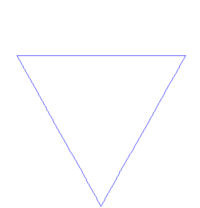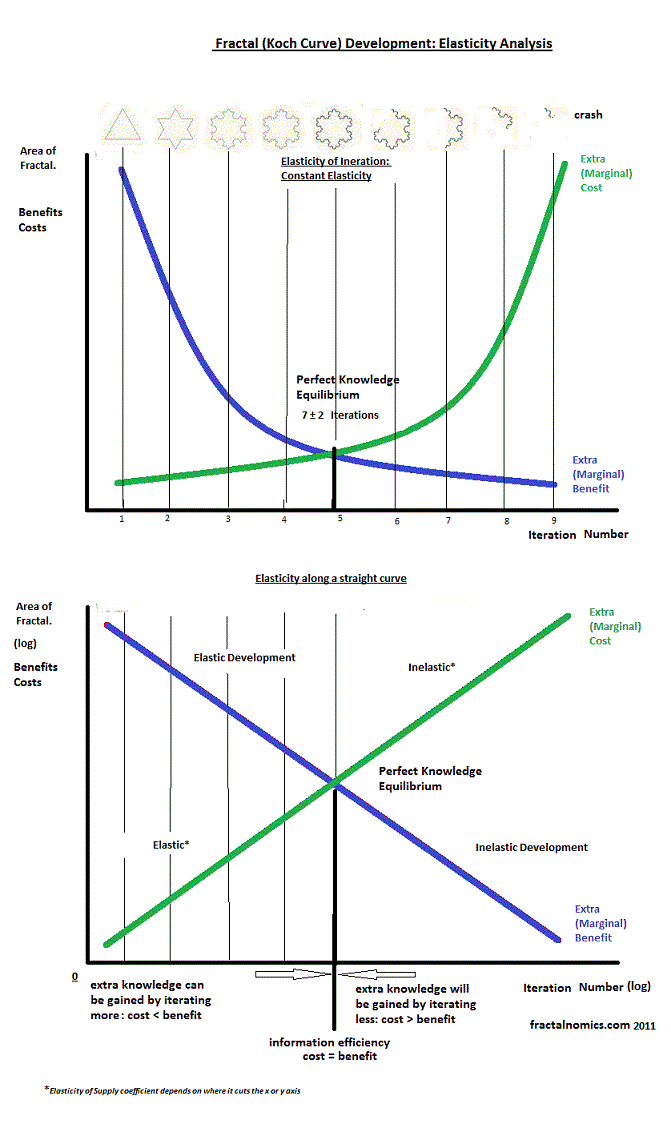A theory of everything: to blog, or to publish?
I have since published in 2023: Update: I have published on this blog, read here. I have been having a difficult time recently and am unsure what to do. What do you suggest? I have taken down my many entries on the fractal because I am afraid they will not stand as an official claim to knowledge. Do I publish here on my own, using the low-cost web technology, or go through the usual costly, slow peer review process? My discoveries with the fractal have led me to - what I believe - a straightforward theory of Quantum Mechanics, or what might be called ' a theory of everything'. When I listen to the 'experts' on quantum mechanics, it is as if they are speaking about the same things I have discovered—but not yet published—in the fractal—everything!: duality, uncertainty, entanglement, time, and relativity. What am I to do? A 'highly' academic colleague has advised me to write articles, publish them, and shut down my blog. On the other hand, yesterda














